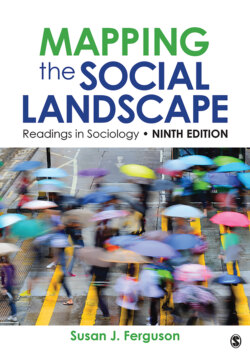Читать книгу Mapping the Social Landscape - Группа авторов - Страница 98
Responses to Gender Nonconformity
ОглавлениеMothers and fathers, across a variety of social locations, often celebrated what they perceived as gender nonconformity on the part of their young daughters. They reported enjoying dressing their daughters in sportsthemed clothing, as well as buying them toy cars, trucks, trains, and building toys. Some described their efforts to encourage, and pleased reactions to, what they considered traditionally male activities such as t-ball, football, fishing, and learning to use tools. Several noted that they make an effort to encourage their young daughters to aspire to traditionally male occupations and commented favorably on their daughters as “tomboyish,” “rough and tumble,” and “competitive athletically.” These positive responses were combined with very little in the way of any negative response. The coding of each interviewee for the combination of positive/neutral and negative responses summarizes this pattern clearly: Among parents commenting about daughter(s), the typical combination was to express only positive responses. For example, a white, middle-class, heterosexual mother noted approvingly that her five-year-old daughter does a lot of things that a boy would do, and we encourage that, while a white, upper-middle-class, lesbian mother reported that she and her partner intentionally do [a lot] of stuff that’s not stereotypically female with their daughter. Similarly, a white, upper-middle-class, heterosexual father indicated with relief that his daughter is turning out to be somewhat “boyish”: I never wanted a girl who was a little princess, who was so fragile…. I want her to take on more masculine characteristics. An African American, working-class, heterosexual father also noted this kind of preference: I don’t want her just to color and play with dolls, I want her to be athletic….
In stark contrast to the lack of negative response for daughters, 23 of 31 parents of sons expressed at least some negative responses, and 6 of these offered only negative responses regarding what they perceived as gender nonconformity. Of 31 parents, 25 did indicate positive responses as well, but unlike references to their daughters, they tended to balance those positive feelings and actions about sons with negative ones as well. The most common combination was to indicate both positive and negative responses.
